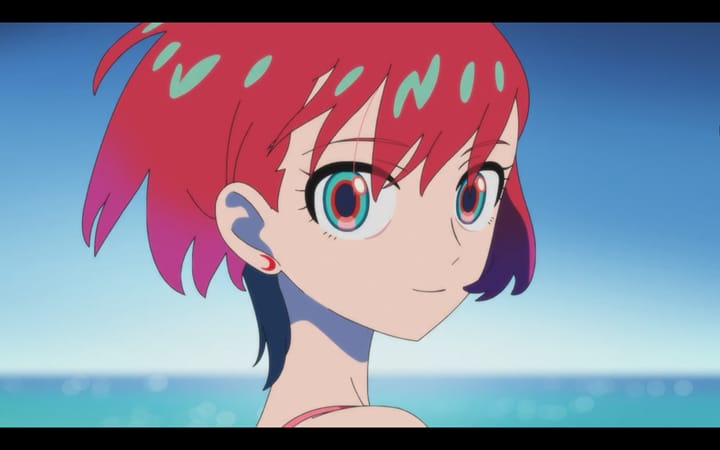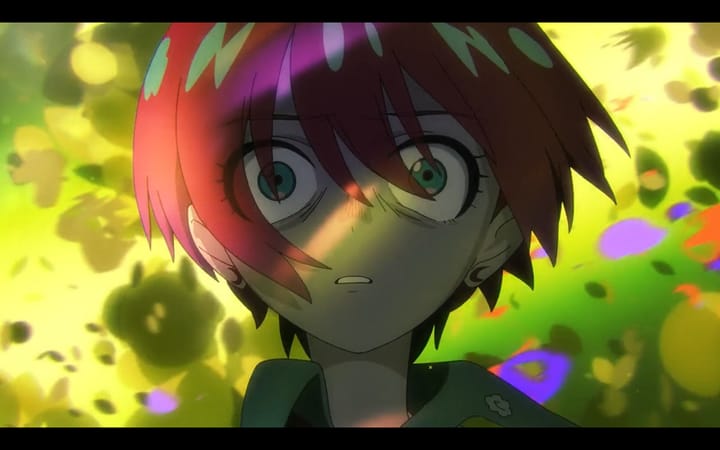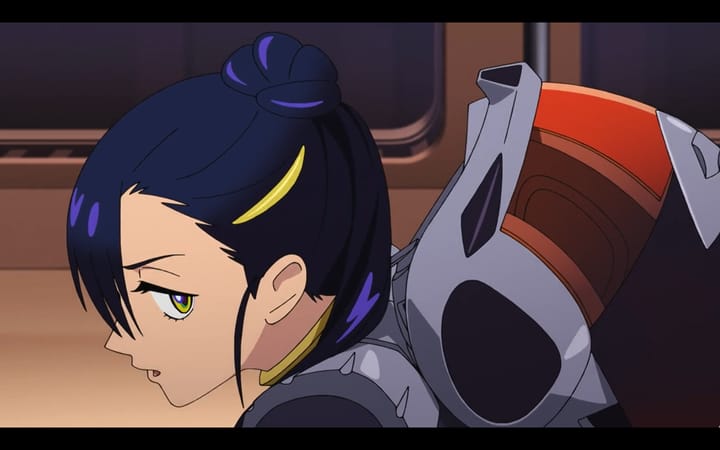How Overtake! Succeeds by Going Off Track
This isn't just a show about a sports team. It's a show about a sports community, and that's why it's as good as it is.

News
- In non-anime news, please do what you can for the people of Palestine. If you live in the United States, I recommend calling your representatives or going to a local protest if you can find one.
- PLUTO is finally out on Netflix! Fans of the source material are celebrating its release, while animation fans are frustrated with its digital effects and compositing. Reviews are excellent, though.
- In a recent dubbing controversy, Anairis Quiñones was abruptly replaced by Wendee Lee as the voice of Yoruichi in the newest season of Bleach. Lee’s insistence online that “This is The Biz” led to discussion of the challenges voice actors of color still face in the entertainment industry. You can read more about the situation at Anime News Network.
- Atsushi Sakurai, the vocalist of gothy J-rock band BUCK-TICK, sadly passed away earlier this October at the age of 57. BUCK-TICK recorded several anime theme songs; I’m most familiar with their great theme for Shiki, a fan-favorite horror anime from 2010.
Bookmarks
- For Anime Herald, Rita Wenxin Wang wrote about Uma Musume, the Japanese gacha game/anime franchise about horse girls that are also idols.
- For Anime News Network, Kevin Cormack wrote about Makoto Shinkai, the director most likely to be called “the next Miyazaki” after Mamoru Hosada. (He’s very different, though.)
- For Comics Beat, D. Morris wrote about gorehound manga artist Hideshi Hino.
- For The Comics Journal, Hagai Palevsky wrote about some neat comics from the ShortBox Comics Fair. The Fair is open until October 31st, so check it out while you can!
- For Tsundoku Diving, Baxter wrote about the many adaptations of Nobuhiko Obayashi’s bonkers horror film Hausu.
AMV of the Week
Here’s "Puberty is...Weird" by keiichiface.
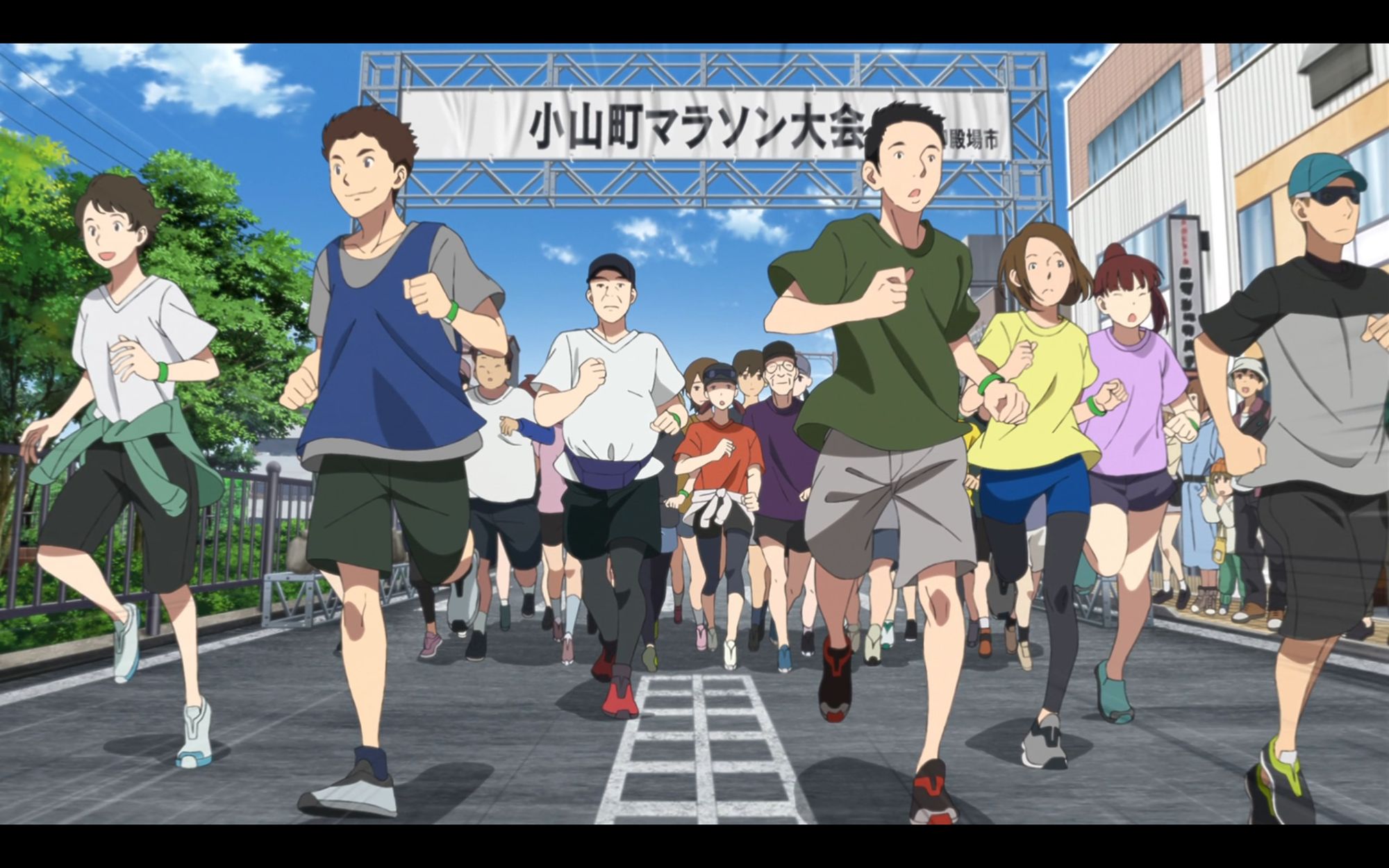
I previously wrote about sports anime in a piece in Crunchyroll News back in 2022. To summarize, sports anime have flourished since the 1960s. They vary widely in subject matter and approach. Games like basketball and volleyball continue to flourish in Japan and abroad because their manga representatives Slam Dunk and Haikyuu!! are so popular.
To this I would add that one of the most appealing aspects of sports anime is the depiction of the sport itself. For instance, The First Slam Dunk perfectly captures how momentum can shift in a basketball game within a split second. The swimming anime Free! fleshes out its cast through the physical presence and motion of their bodies on land and in the water. Ping Pong uses staccato paneling to depict the pace of its chosen game.
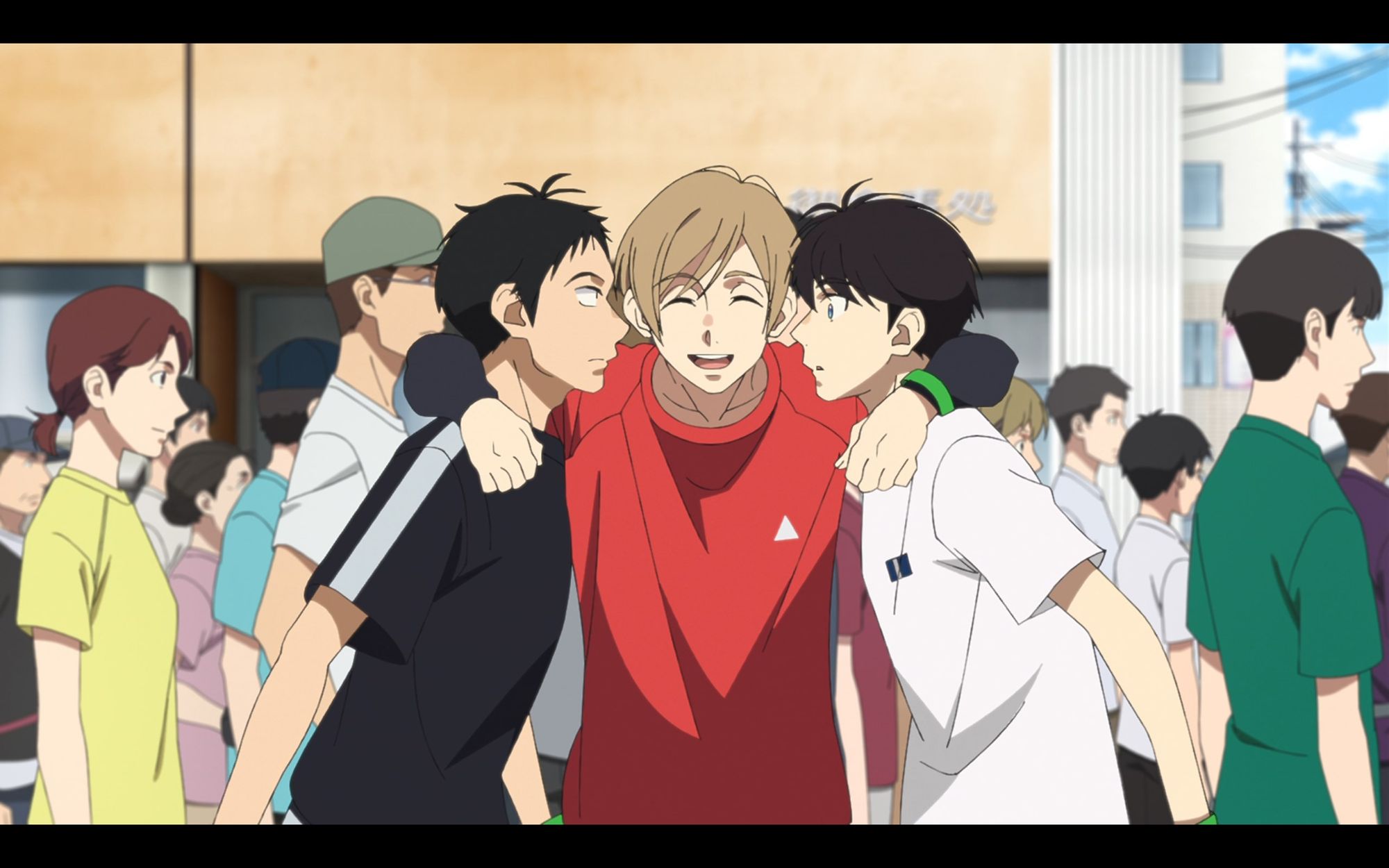
Overtake! is a sports drama about F4 racing. It thus begins at an immediate disadvantage. Other sports anime have an excuse to animate physical bodies in motion. Overtake! is instead merely about cars driving in circles. The cars are rendered with functional but uninspiring 3DCG. Their drivers sit in the cockpit and barely move. It’s hardly the stuff of Redline, the standard for bonkers anime racing. I wouldn’t even rank it on par with the street racing in Initial D.
Why, then, is Overtake! one of my favorite anime series airing this fall? The answer lies in the fifth episode of the show, “Chariots of Fire.” The cast must run a 10 kilometer race, and are left to rely on their physical bodies rather than machines. The animation cannot compare to my personal favorite anime about long-distance running, Run With the Wind. But the premise offers a great opportunity to mix and match the show’s characters and generate fun reactions. That’s the real magic of this show.
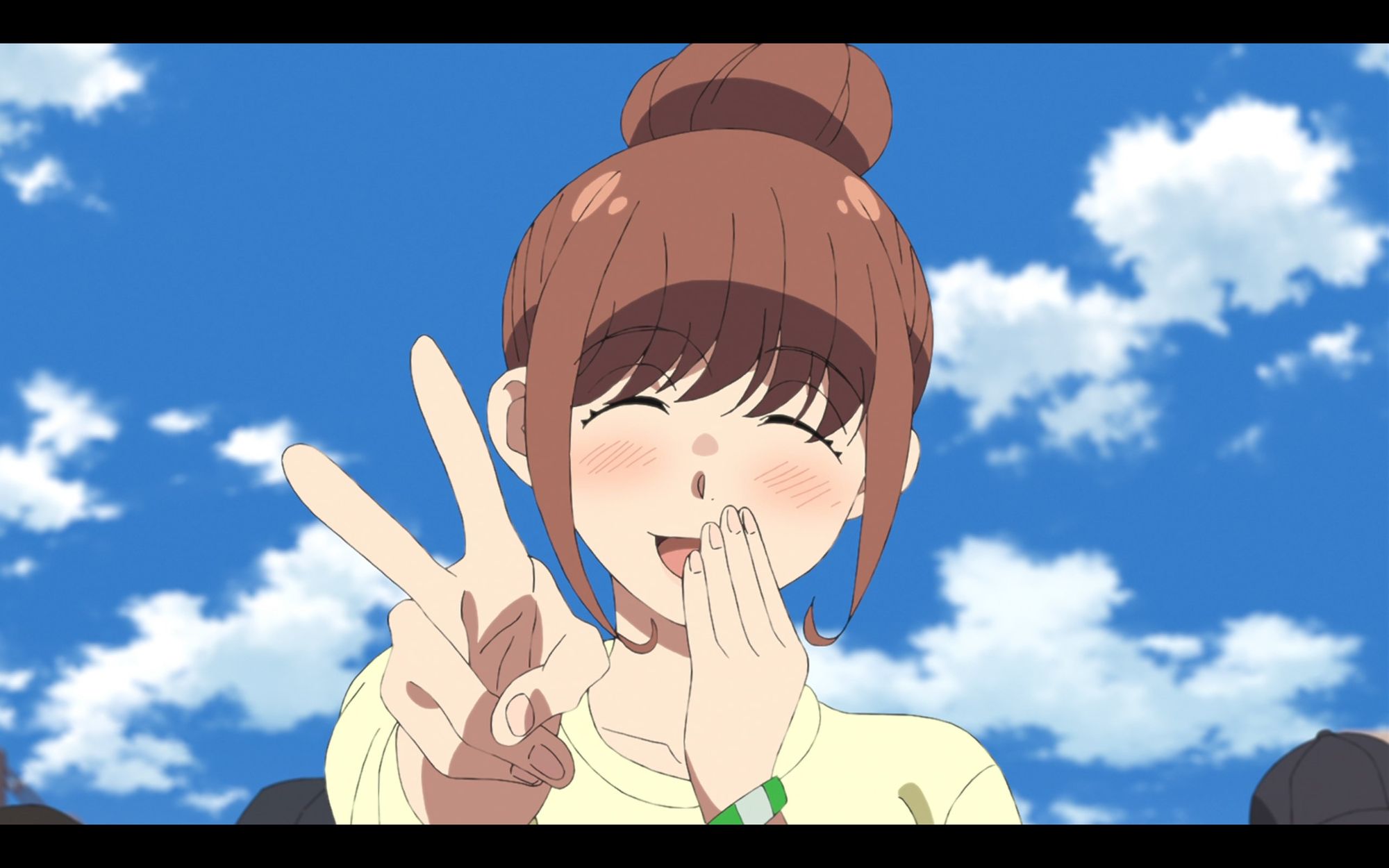
The race encompasses the town of Oyama and ends at the real life Fuji Speedway. As you’d expect from a racetrack in the foothills of the tallest mountain in Japan, it’s a tough uphill run. The only ones with the stamina to complete the course are the show’s three main racers. Satsuki, the charismatic ace of Belsorriso, happily takes the lead. His support driver and rival Toshiki stubbornly keeps pace. Running alongside them is Haruka of Komaki Motors, the protagonist of the story. Komaki Motors cannot match Belsorriso’s technology and funding. But all three are equal on the racetrack.
Overtake! isn’t just about race car drivers. In fact, “Chariots of Fire” spends just as much time fleshing out the side cast as it does the main trio. Belsorriso “grid girl” Alice is one such beneficiary. Her distinguishing trait thus far has been her crush on Satsuki, which is so overpowering that she completely melts in his presence. But she’s also childhood friends with Kotarou, the mechanic of Komaki Motors. While Kotarou hates long distance running, Alice is in good physical condition. After all, she says, being a grid girl means staying in shape. In the end she leaves Kotarou to choke on her dust.
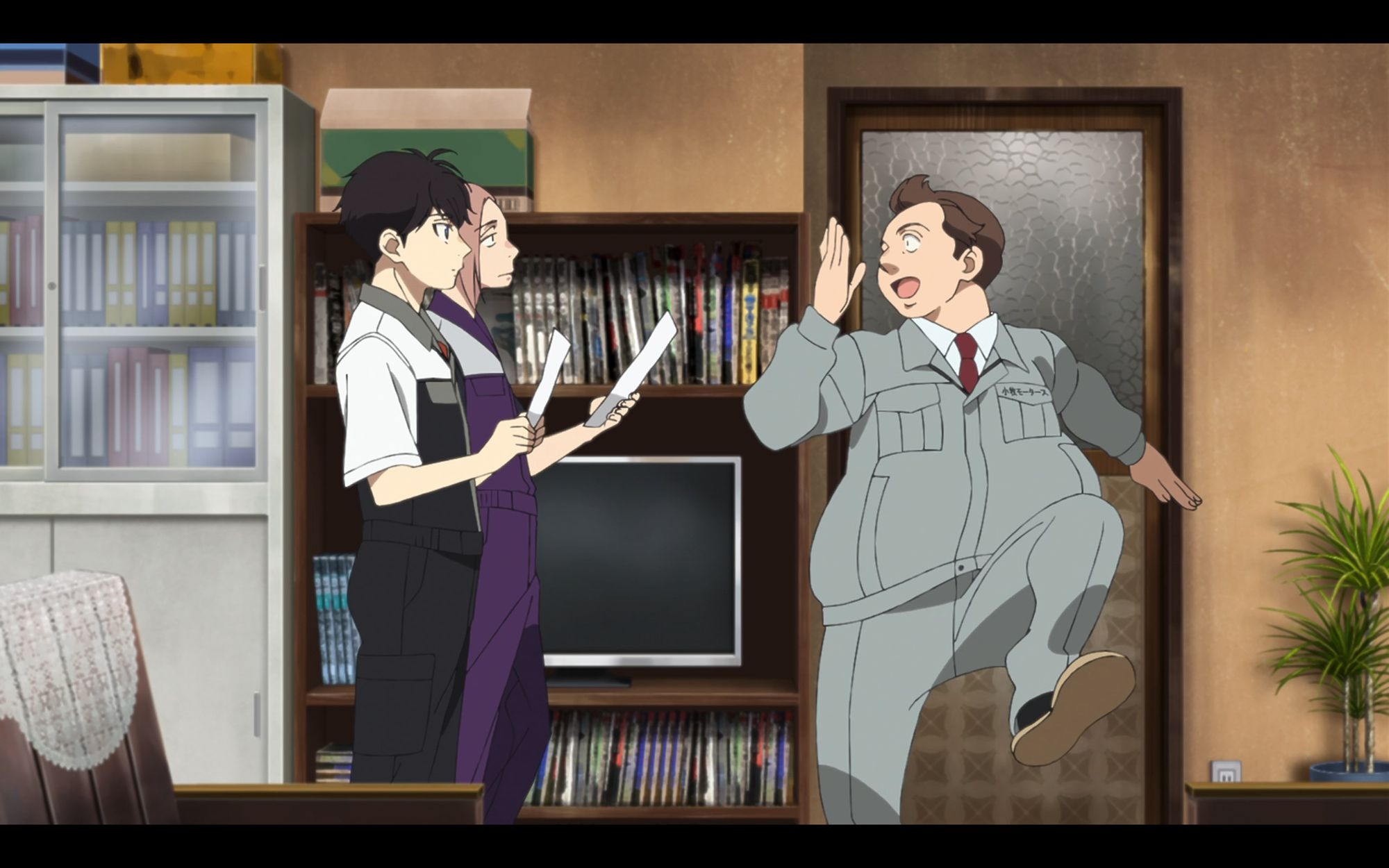
Another beneficiary is Futoshi, the owner of Komaki Motors. Futoshi trains for the race because he wants the first place prize of delicious wagyu beef. But then he overtrains and sprains his ankle. As a former long distance runner, I can say from experience that he got off lightly. I fractured my knee and had to sit out the high school championship race. Other folks I know were saddled with crutches for months after overtraining for marathons. Overtake! is better because of small details like this. But it’s not limited to strict realism either, because Futoshi later pilots a drone to provoke his exhausted son Kotarou into continuing the race. Broad cartoon humor can also be good characterization.
Then there’s Kouya Madoka, arguably the real protagonist of Overtake! Rather than a driver himself, Madoka is a photographer who became unable to take pictures of people due to trauma sustained in the 2011 Tohoku earthquake. It isn’t until he finds Haruka at Fuji Speedway that he is inspired to move forward once again.
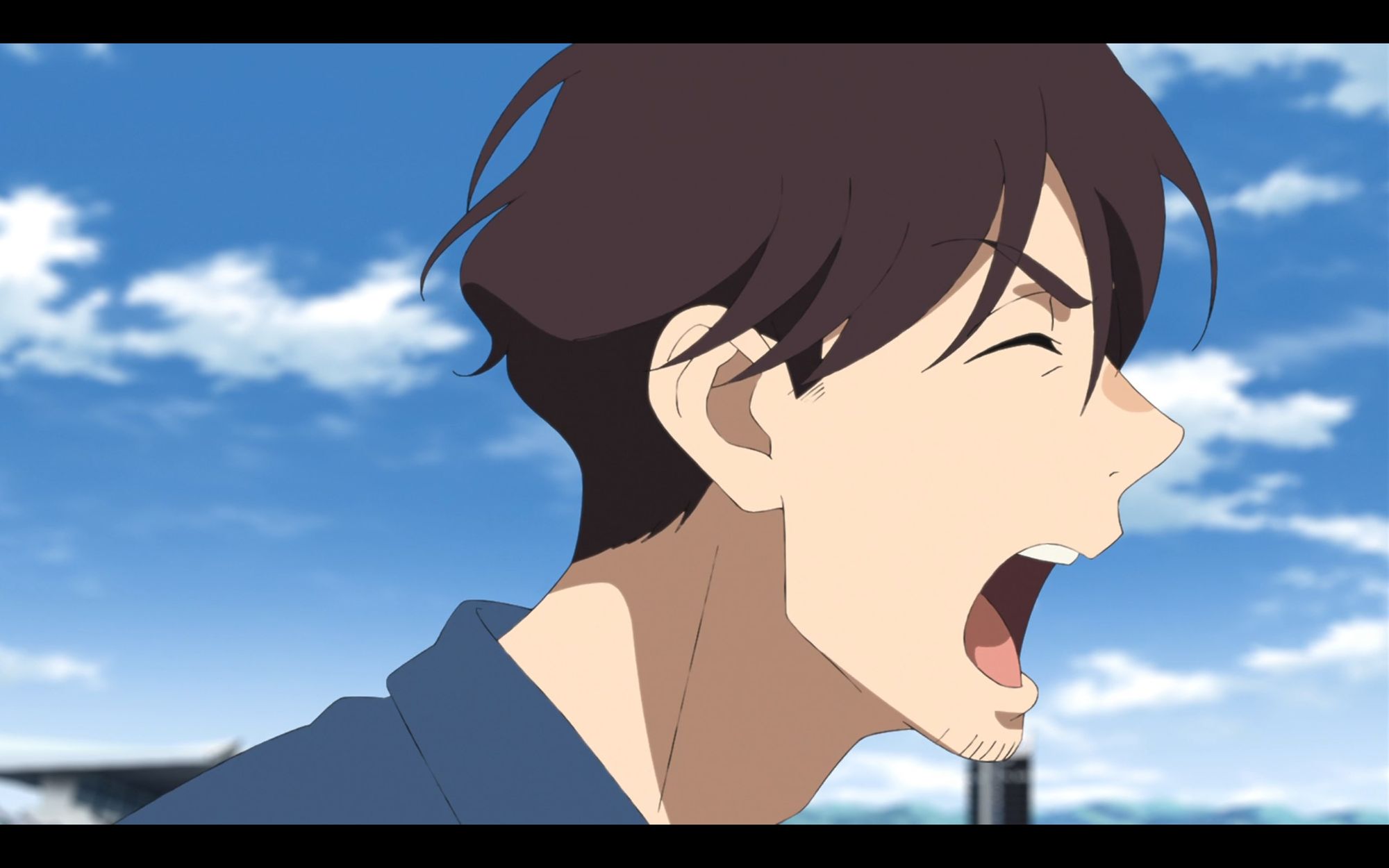
That brings us to the climax of the 10k race, which beautifully replicates the show’s conflict in miniature. Haruka’s shoe breaks in the final stretch of the race. Satsuki has no such trouble, as Belsorriso presumably bought him new running gear; therefore the resource gap between Belsorriso and Haruka’s own Komaki Motors is preserved even on foot. Toshiki sprints forward to beat Satsuki and prove that he’s not just a “backup driver.” Suddenly, Madoka appears from the side of the course and throws his own running shoes to Haruka. It’s a perfect illustration of how Madoka, as an adult, might support Haruka’s ambitions. So of course Haruka throws the shoes away and runs after Satsuki with his own bare feet.
As a colleague of mine from Crunchyroll News said to me recently, the best sports series are about characters, not just sports. I would go even further to say that what appeals to me about Overtake! specifically is the range of characters. Grumpy teenage racers, lovestruck grid girls and depressed photojournalists are all captured on camera. Each is different in their own way; you can't compare Madoka's career PTSD with Haruka's youthful desperation to win. But the staff of Overtake! understand that the differences between people are as much a part of relationships as the similarities. This isn't just a show about a sports team. It's a show about a sports community, and that's why it's as good as it is.

Further Reading
Kevin Cirugeda wrote a bit about the tight scriptwriting in Overtake! at Sakuga Blog.
